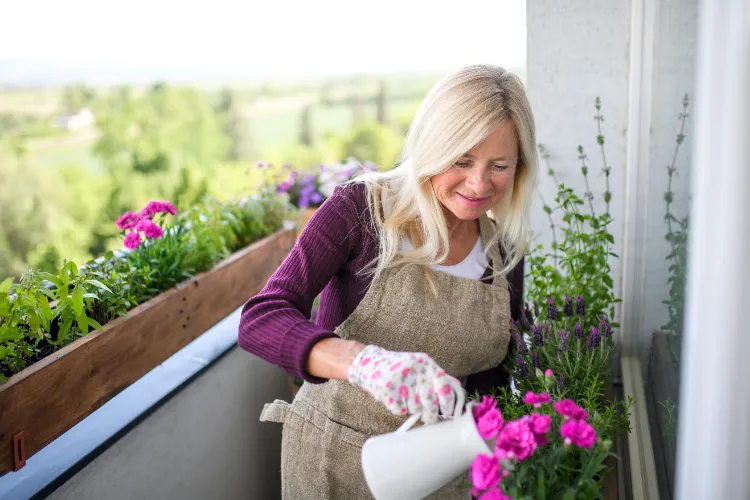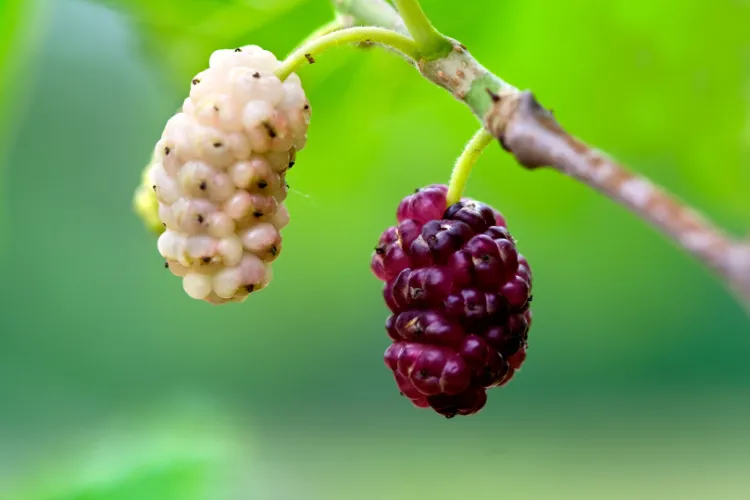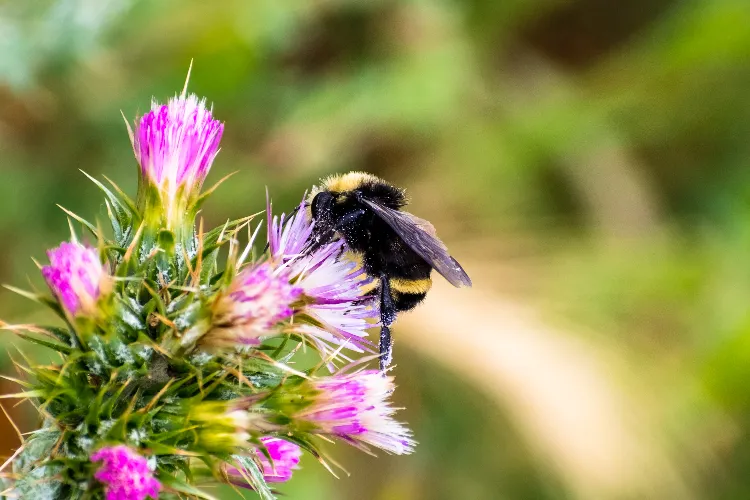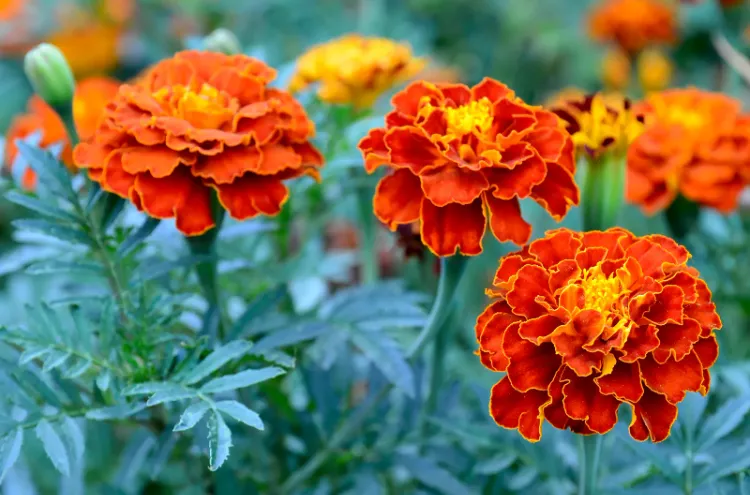In order for our plants to thrive, they need sufficient sun and water – even the children know that. You have certainly noticed in recent years that the summers are getting hotter and hotter and heat waves with temperatures of over 30 degrees and higher are unfortunately no longer a rarity. And just as too much sun is bad for us, our plants can also get sunburnt and wilt in the heat. The periods of drought and heat naturally also affect our gardening and that is why it is important that we protect our garden from the heat. Hot weather doesn’t necessarily mean rotten plants. Luckily, there are plenty of heat resistant plants that can withstand the higher temperatures and drought quite well. Are you getting tired of the constant watering? Then you’ve come to the right place, because below we present the most beautiful plants that feel really good in midsummer.
Heat Resistant Plants: How do plants protect themselves from the heat?
With the higher temperatures and longer-lasting heat waves, home gardeners should hone their hot-weather gardening skills. Have you ever wondered whether and how plants protect themselves from the heat? We protect ourselves by sweating and shedding fluids through our skin. We then balance this fluid by drinking liquids. Well, plants do it much like we do – when it gets really hot, they take water from the soil, then transport it into the leaves and then release it through smaller openings on the underside of the leaves.
However, due to the lower water saturation, the plants constantly release water into the air and have to stop photosynthesis. Or to put it more simply – they live on the back burner during a heat wave. In other plant species, such as the helichrysum, the light-colored hair felt reflects the sun’s rays and ensures that the plant does not dry out. Thick leaves with a wax layer also reduce water loss and protect against heat.
Top heat resistant plants for the garden and balcony that can withstand the heat
Just because summers are getting drier and hotter doesn’t mean we have to settle for a lazy garden. Fortunately, there are some heat resistant plants that can withstand the high temperatures very well and thrive even in the heat! After all, we don’t all have the time to water our plants multiple times a day, do we?
Catnip
Catnip (Nepeta cataria) also known as catswort, catwort, catmint is a real sun-worshipper and is undoubtedly one of the most popular heat resistant plants. It thrives best in sunny and dry locations with well-drained soil and the high temperatures are absolutely no problem for it. The flower colors range from white to purple to green and light blue. While green-leaved varieties require more moisture, gray-leaved varieties are extremely heat-resistant and don’t need regular watering. Not only cats, but also humans cannot resist the wonderfully intense scent of catnip. Numerous insects, such as bees and wasps, are also attracted to catnip. The fragrant bloomer is also very easy to care for and therefore perfect for beginners. Another benefit of catnip is that it is not only suitable for the garden, but also as a container or balcony plant.
White Mulberry
Since the white mulberry is mainly found in the forests of Asia and Africa, it is also an excellent heat resistant plant for the garden. The tree tolerates heat and drought very well and can cope well with a wide variety of climatic conditions. The white mulberry thrives best in full sun and is not sensitive to wind. The plant grows either as a small tree or a large shrub. The fruits of the white mulberries also taste very sweet and can be nibbled straight from the tree.
Heat Resistant Plants: Lavender
With its wonderful scent, lavender exudes a wonderful Mediterranean feeling and makes us dream of vacations in Provence. So it’s a good thing that it’s also a real dry lover and therefore one of the most popular heat resistant plants. We’re not the only ones who find the scent of lavender irresistible – butterflies, bees and the like are also attracted to it. Mosquitoes and wasps, on the other hand, do not like the lavender smell at all. Lavender likes a nutrient-poor soil with good drainage, so you can plant it directly in full sun without any problems.
Antirrhinum
Pink, orange, purple, yellow, white or a mixture of all colors – snapdragons (also known as dragon flowers and dog flower) literally make our garden shine and enchant us with their variety of colors. The beautiful plants grow at their home location between walls, stones and crevices and therefore love it sunny and sandy. For a magnificent bloom and intensive colors, it is best to plant the snapdragons in the sunniest possible place in the garden. The flowers, which open every day, are also a very valuable food source for bumblebees and bees. Snapdragons are particularly easy to care for and are the ideal heat resistant plants for the garden or balcony.
Geraniums love the sun
The geranium is undoubtedly THE classic among balcony plants and the selection of variations and varieties is now endless. Since most geranium varieties originally come from South Africa, a warm and sunny location is essential for plentiful flowering and healthy growth. However, the geranium not only looks wonderful on the balcony as a hanging plant, but also looks great in a pot for the garden.
Thistles for the garden
Although thistles tend to be seen and treated as weeds, there are many beautiful varieties that add an exotic touch to our gardens. Above all, the globe thistle presents itself very picturesquely with its light blue flowers and is a real eye-catcher. One of the biggest advantages of the prickly plants is that they do very well with heat and drought and have no special demands on the soil. Even in hot weather, thistles produce copious amounts of pollen and nectar, and the flowers are an excellent food source for a variety of birds and insects.










